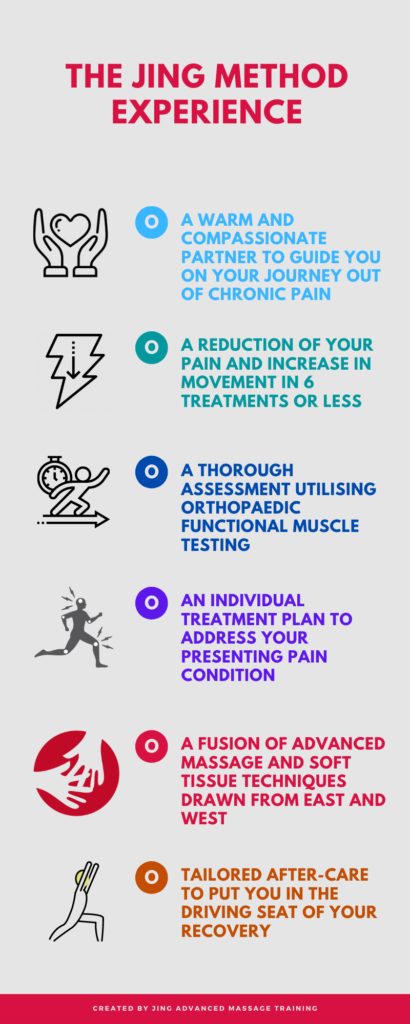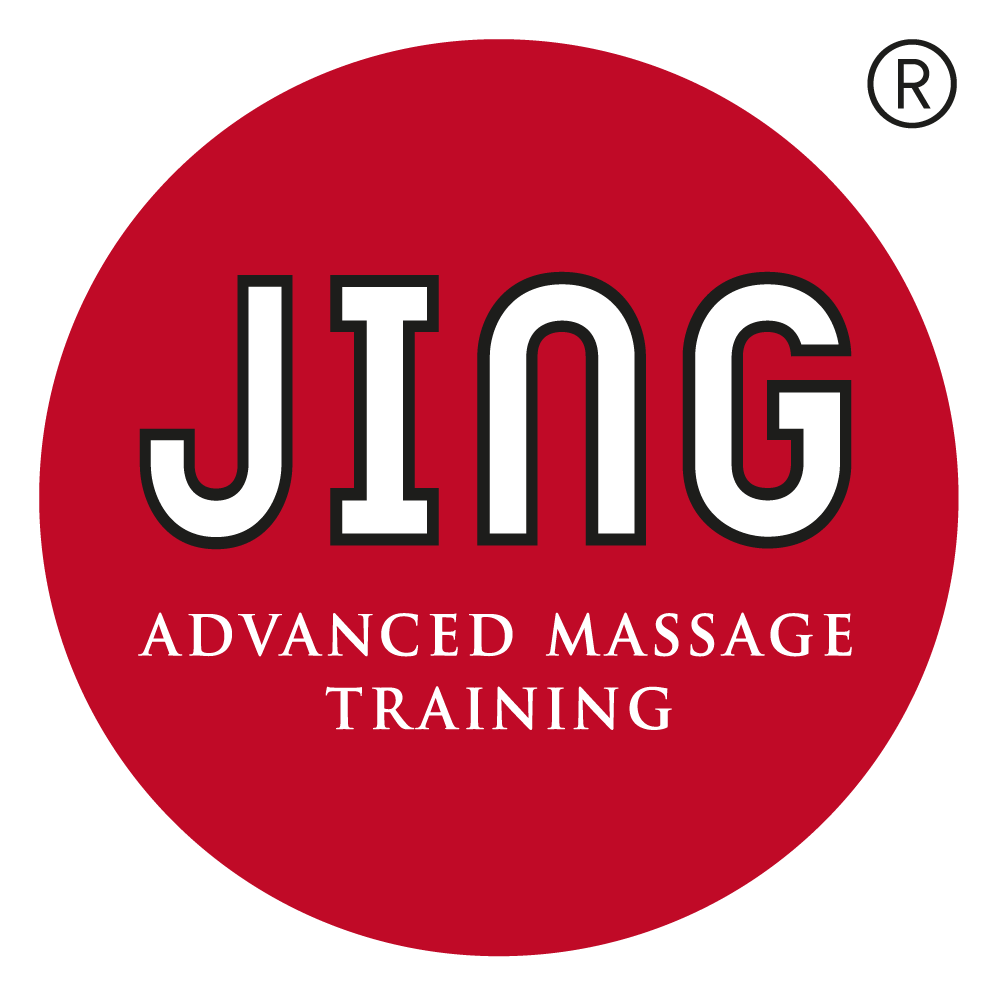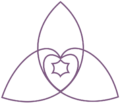The Jing Method™


Trefoil Massage Therapy uses The Jing Method™
Read more about The Jing Method by expanding the boxes below.
The Jing Method™ is a massage technique or, more accurately, a set of techniques designed to treat chronic musculoskeletal pain. It was devised by Rachel Fairweather and Meghan Marie, award-winning authors and experts in the treatment of chronic musculoskeletal pain. Rachel and Meghan are the directors of Jing Advanced Massage Training.
The Jing Method™ is a fusion of eastern massage techniques and philosophies and western practices and research. Quite simply, you get the best of both worlds. More than that, however, Fairweather and Marie make the treatement protocol not only accessible to the therapists, they also make it understandable to the ‘western mind’ of the clients they treat. This is significant because effective clinical massage is not a one way process from therapist to client but a partnership where the client also feels empowered and active in the role of moving themselves out of pain.
Much more can be written on The Jing Method™, and more is said in the next section about the biopsychosocial model of pain management on which it is based. The other distinctive feature to mention here is the process of consultation, assessment and review where clients can see measurable progress and feel sympathetically accompanied, all of which speeds the process of recovery.
The Jing Method™ is not only used by massage therapists, it has been adopted by a range of healthcare professionals; it is already used by some doctors, midwives and physios, as well as by many people who work in the field of complementary medicine.
It is neither an unfair nor an inaccurate criticism to say that the health system here in the UK (and in the western world as a whole), is generally invasive and tunnel-visioned. If it hurts, you take a pill; if it still hurts, you cut it out. In fairness, this approach is not without its uses. But if they can’t find the route of your problem, it is labelled an ‘idiopathic condition’, which is a fancy word used when doctors shrug their shoulders. You might never get to the root of the problem, but finding the root of the problem in this approach to healthcare doesn’t actually matter.
The biopsychosocial model of pain management recognises that the causes of chronic pain are unique to each person and are the result of a complex interaction of the particular biological, psychological and social factors each person faces. Effective treatment for chronic pain, therefore, is not going to be straightforward and is likely to be multidisciplinary – the need to treat body, mind and spirit. The Jing Method™, and Trefoil Massage Therapy, supports this view of pain management.

